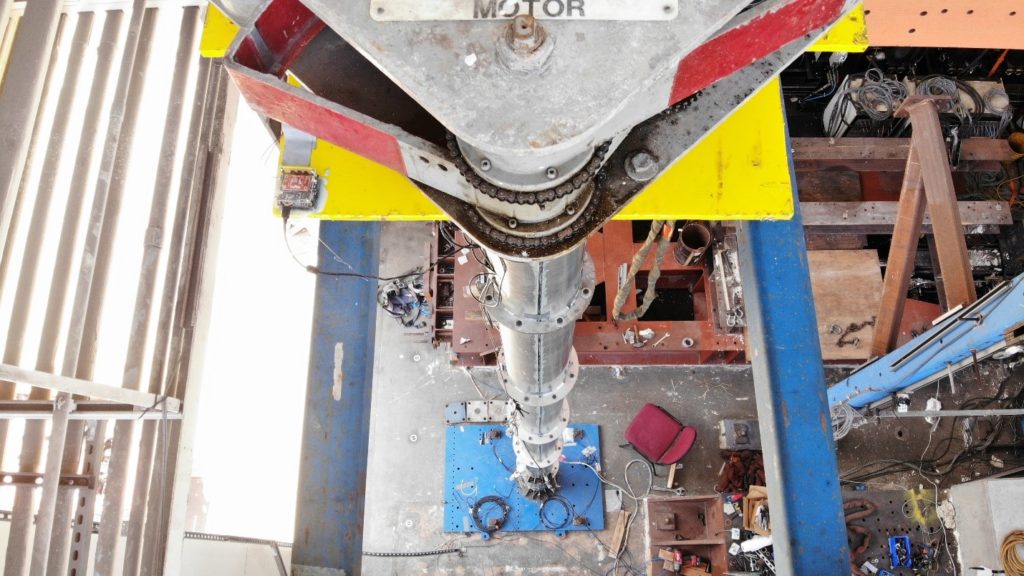The Italy-based multinational energy company Enel has partnered with the Soga Research Group and Professor Matthew DeJong to explore innovative monitoring solutions for its infrastructure, with support from CITRIS (Center for Information Technology Research in the Interest of Society). Enel owns and operates thousands of wind turbines across five continents. Enel has committed to expanding its renewable portfolio, which presents growing operation and maintenance challenges at its facilities. UCB researchers have been working closely with engineers at Enel to identify and evaluate technologies that can assess the structural health of wind turbine towers and identify performance losses without the need for repetitive and costly manual inspection.
Professor Kenichi Soga, with his PhD student Peter Hubbard and postdoctoral researcher Dr. Linqing Luo, and Professor Matt DeJong with his student James Xu and postdoctoral researcher Dr Shenghan Zhang have been leading the effort of selecting and evaluating state-of-the-art monitoring technologies. Enel’s wind turbines include some of the tallest in the world, measuring up to 345 feet. Due to the massive scale of the towers, distributed sensing technologies that can measure strain and vibration over long distances continuously have been given attention. Distributed Fiber Optic Sensing (DFOS) has been selected as a promising subfield of technologies that can change the way Enel manages its wind turbine towers. Selected distributed strain sensing systems include an in-house low-cost dynamic system were used to monitor the dynamic properties of turbine towers as they change due to dynamic loading and structural breakdowns. Supported by the UK-based sensing company Optasense, distributed acoustic sensing (DAS) was also put to the test.
A laboratory scale test of a wind turbine under dynamic loading has been conducted at the Pacific Earthquake Engineering Research Center (PEER). The model consisted of a 24’ tall steel tubular tower instrumented with DFOS sensors and high-precision MEMs accelerometers. A vibration generator was placed on top of the tower to model a nacelle during dynamic wind-loading. The testing is ongoing, but from early results the UCB researchers and Enel are enthusiastic. The industry-academia collaboration between the Soga Research Group and Enel will continue to discover advancements that improve the resilience and safety of energy infrastructure around the world.



